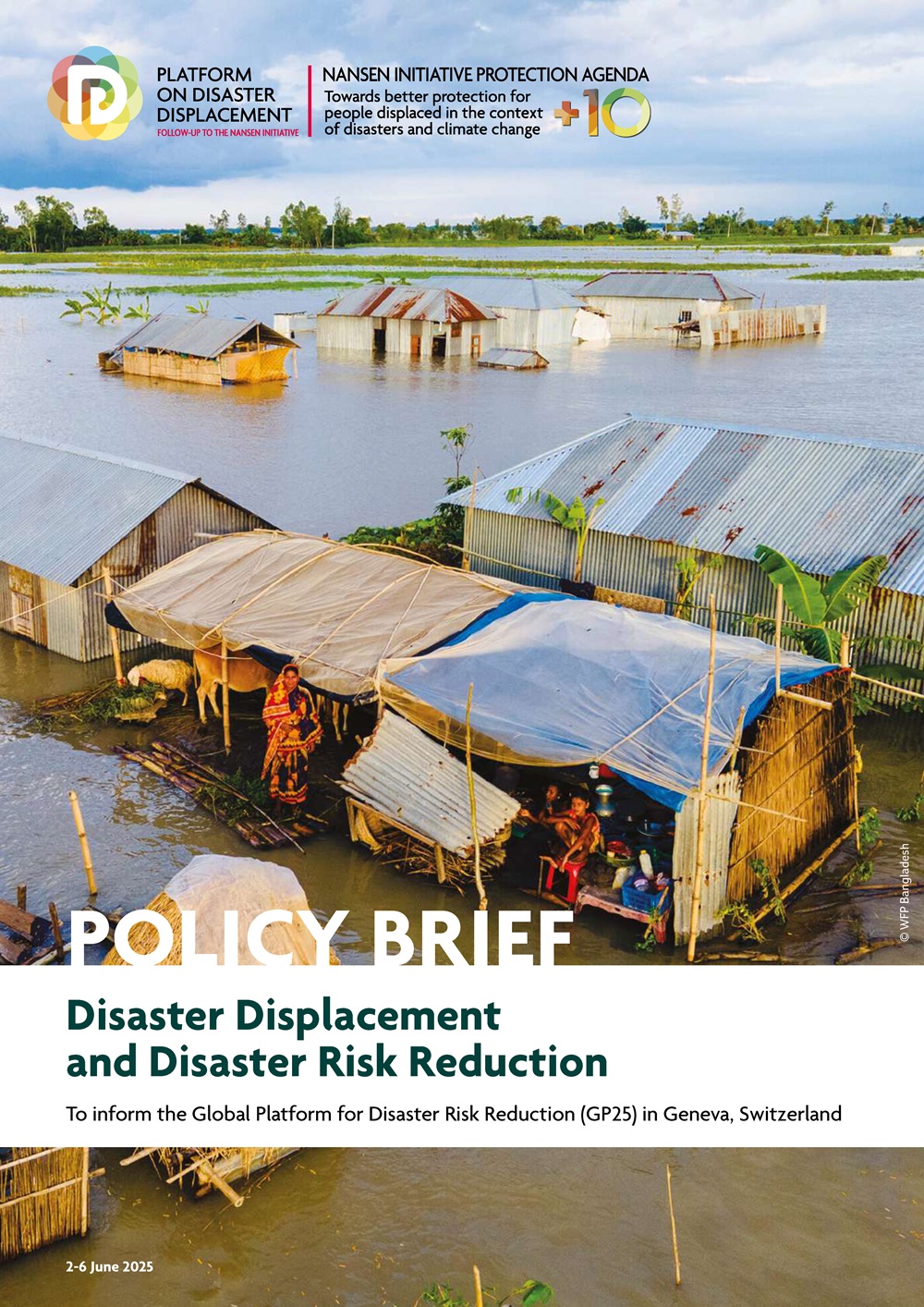Summary – Leaving Place, Restoring Home: Enhancing the Evidence Base on Planned Relocation Cases in the Context of Hazards, Disasters, and Climate Change
The Leaving Place, Restoring Home studies have identified over 400 cases of planned relocation across the globe. What are the characteristics of planned relocation, and the opportunities and challenges associated with it? In what ways can it support durable solutions for people vulnerable to disasters and climate change? What can the Leaving Place, Restoring Home studies add to our understanding of planned relocation?
The process of identifying planned relocation cases is challenging because the term is not defined under international law, views on its key elements differ, and there are diverse manifestations of planned relocation in practice. This results in knowledge and data gaps on effective planned relocation practices.
These studies conceptualize planned relocation through six interrelated characteristics: the planned, permanent movement of a group of people from identifiable origin(s) to identifiable destination(s), predominantly in association with one or more hydrometeorological, geophysical/geological, or environmental hazard(s).




